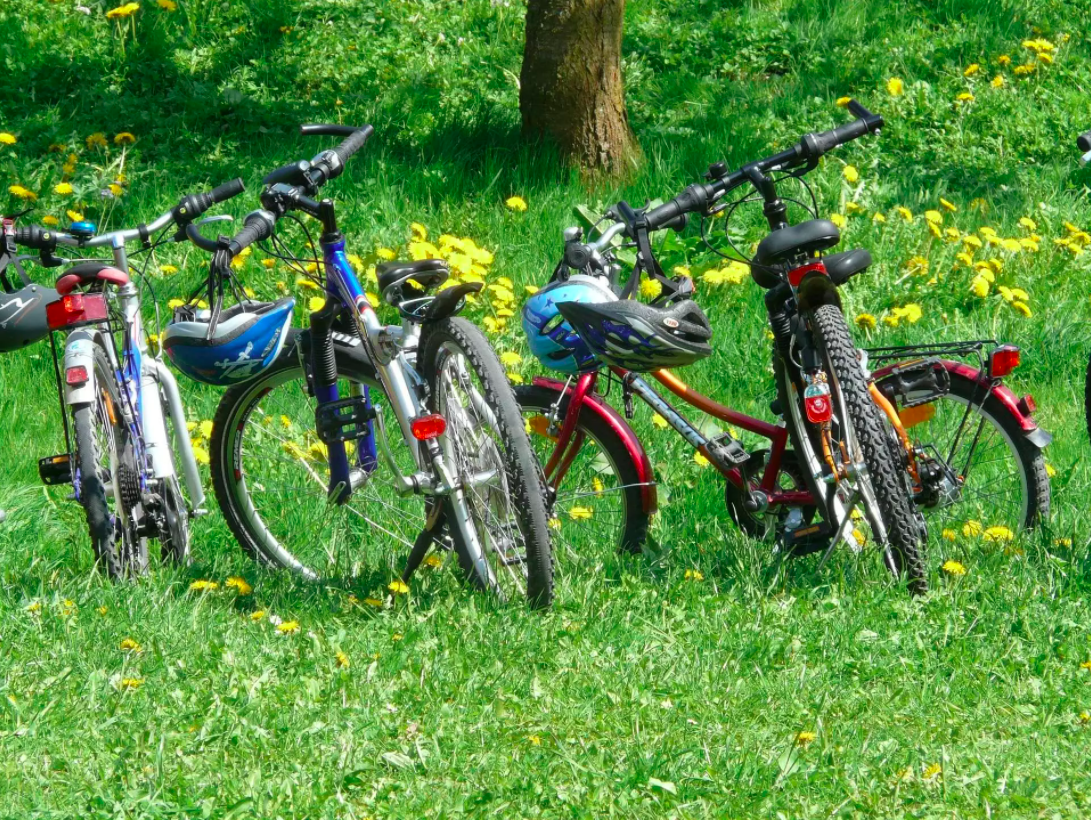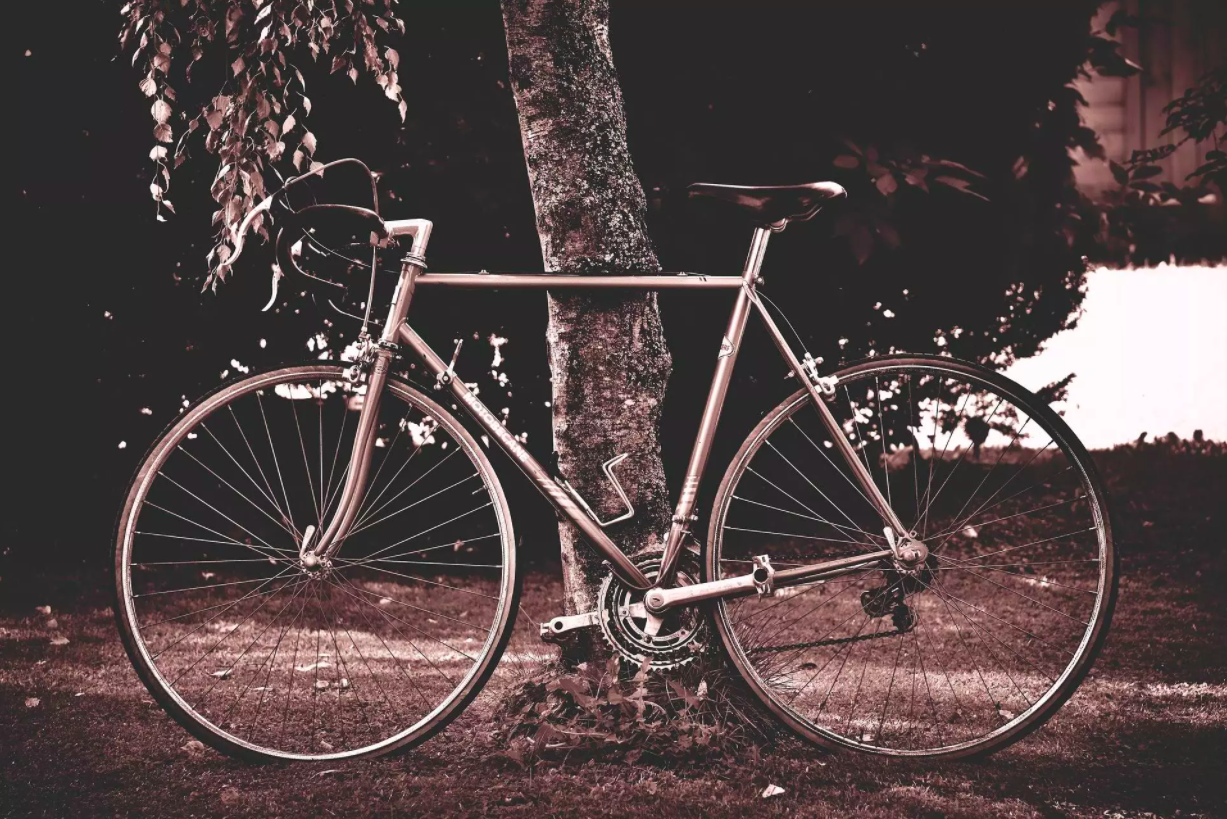Will cycles make a comeback in the post-COVID19 world?
Until the sixties, a cycle was the preferred ride of the lower-middle class. It was an essential part of a household and was used for covering small distances. In the post-COVID19 world, it may become a reality.

Cycles in India - a necessity for lower-middle class, luxury for the affluent.
The lockdown in view of the coronavirus pandemic has forced people to return to using cycles, a mode of transport long-abandoned by modern society. Jyoti Kumari Paswan, a 15-year-old girl, cycling some 1,200-odd kilometres during the lockdown, from Delhi to Bihar, carrying her injured father, made headlines around the world.
The growing trend, and the need for cycles in every corner of the world, prompted Enrique Dans, a well-known innovation expert, to recently proclaim in Forbes: “Whichever way you look at it, the cycle is the future of urban transport.” Are cycles making a comeback?
The sixties
Until the sixties, cycles were the preferred ride of the lower-middle class. It formed an essential part of a household and was used for covering small distances. Till some time ago, we could not even imagine a childhood without it. School children in most places in the country could easily be seen rushing on cycles with their books secured in the carrier.
When studying at the university, we had no option but to pedal 10 kilometres. In front of the country’s largest newspaper office, the lone scooter parked used to belong to the newspapers’ owner. The rest of the journalists used cycles. The reporter used to cover Indore on his cycle. There was no shame in cycling at that time.
Later, scooters and motorcycles gained popularity. The rise in income and availability of cheap credit facilities enabled people to switch to motorbikes. Today, cycles have disappeared from most houses. Motorised two-wheelers flood parking lots, and cycles have become objects of curiosity.

Until the sixties, the cycle was considered a status symbol among middle-class families. Cycles, radio, and fans were given in dowry. One of our close relatives used to cycle to the nearby village to teach, and took half-a-day to clean it on Sundays. His gleaming cycle made him proud. Whenever he was advised to buy a motorbike, he argued cycling was beneficial for health. During that time, the cycle had to be registered with the municipality and the radio license had to be taken. The situation changed rapidly from the late seventies.
The cycle of change
Later, we sidelined all health concerns. When we became careless about ourselves, who would have cared for the environment? In some houses, cycle survived for the morning spin. As a result, the cycle factories began closing down and cycle market shrunk. The recent closure of Atlas Cycles is an example. This company was manufacturing one crore cycles per annum till 2014. Even today, Ludhiana city alone has 1,400 units of cycle manufacturing, employing four lakh people.

Photo credit: Epic Ebike
India is the second major producer of cycles after China but a large part of it is exported. According to a report, only nine per cent of people in India use cycles whereas 37 per cent use it in China. In many countries, dedicated lanes have been provided on the main routes. Even the cities packed with cars, Manila and Rome, have taken note of it and the mayor of Paris has recently taken up the task of making such lanes. There is also a proposal to ban cars on certain routes in London.
In India, where encroachments do not spare even pavements, it cannot be imagined to have dedicated cycling lanes. In Madhya Pradesh, a beautiful cycle path was built on a foreign model on the highway in the capital city of Bhopal, and cycles were placed at some points, but people did not use them and crores of rupees were washed away. Chief Minister Shivraj Singh and some ministers had announced, some time ago, to use a cycle for their commute to the ministry. Satya Prakash, a retired IAS officer, had also made a failed attempt to promote cycling through a movement.
Similar sporadic efforts were also made in other parts of the country but the discouraging social and bureaucratic environment, coupled with public apathy, did not allow any effective initiative in favour of cycles.
The profusion of petrol and diesel cars strained the infrastructure of the cities and the atmospheric pollution from poisonous lead and carbon dioxide reached alarming levels. Reports of cleaner air from places that restricted all vehicular movement during the lockdown surfaced. Biologists believe that the life expectancy of a person increases by 40 per cent in such an environment. But it would be immature to think that it would be a reason strong enough for people to adopt cycles.
The problem of congestion in public transport and a decline in income will be major reasons for the return of cycles. A cycle is a means by which a person can save space. There is no daily expenditure. A report points out that the sale of cycles in the US during the coronavirus crisis has jumped for the first time since the 1970 oil crisis. Italy has announced a cycle bonus of up to 60 per cent on cycle purchases. The chief industrialists of Ludhiana’s cycle factory have advised the government that the workers who have been rendered jobless should be distributed a cycle each, the way school girls are awarded cycles.

A legal push for the better
Increasing the use of cycles is not possible without policies and programmes by the government. Like the IIT campuses, other institutions will have to enforce the use of cycles and restricting petrol and diesel vehicles. It can be implemented at least in the campuses of educational institutions.
In addition, the safety of cycle riders on the road must be ensured. There have to be provisions for separate cycle lanes and parking for it. Noticing working people cycling up to 20 kilometres, they have been allowed to cycle in the suburban roads and streets of Kolkata recently. The cycle industry believes that the government should encourage manufacturing of cycle parts in India under the Atmanirbhar Bharat campaign. Currently, Ludhiana’s cycle industry imports parts worth Rs 17,000 crore per annum from China. In the US, the local cycle industry that had collapsed due to Chinese cycles has begun to revive.
On June 12, 2020, the Union ministry of urban development called for a three-tier policy on transport. In this regard, the government report says that most of the urban working journeys are within a radius of 5 kilometres and 30 to 40 per cent of the people commute on cycles. In view of this, the states were advised to make dedicated lanes for cycles. It remains to be seen how much our society and governments would be able to turn this opportunity towards a fundamental change in the environment. There is a need to re-design cities post the Covid-19 pandemic, but there is a major problem of planning in India. Will the government be able to bring about a change in the outlook of urban planning and display the will to curb the prevalent arbitrary vested interests? Jason Gay, a sports columnist at The Wall Street Journal, says very optimistically, “So hot right now: cycles…You will probably ride a cycle in 2020.”
Shivkumar Vivek is a senior journalist. Views are personal.

